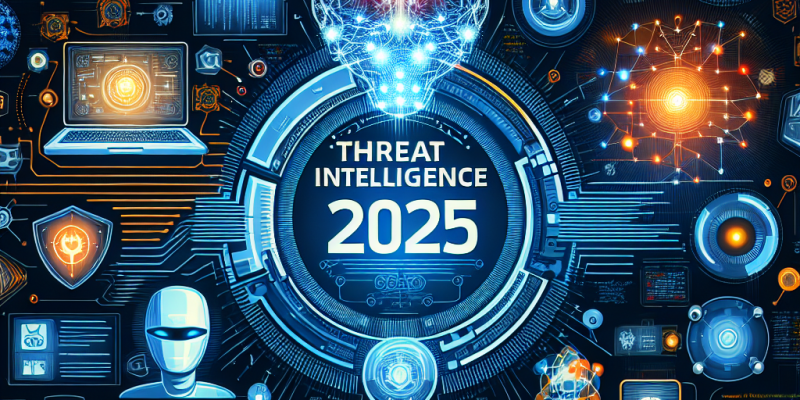Threat Intelligence 2025: The Role of Machine Learning in Cyber Defense

As we advance into 2025, the landscape of cyber threats continues to evolve at a rapid pace. With the rise of sophisticated attacks and the exponential growth in data, organizations are increasingly turning to machine learning (ML) to enhance their cyber defense strategies. This article explores how machine learning is transforming threat intelligence and shaping the future of cybersecurity.
Understanding Threat Intelligence
Threat intelligence refers to the collection and analysis of information about potential cyber threats. This information helps organizations understand, predict, and respond to cyber attacks. In today’s digital age, where data breaches and ransomware attacks are common, having robust threat intelligence is essential for protecting sensitive information.
The Rise of Machine Learning
Machine learning, a subset of artificial intelligence, involves teaching computers to learn from data and improve their performance over time. In cybersecurity, ML algorithms can analyze vast amounts of data, identify patterns, and make predictions about potential threats. This capability is crucial given the dynamic nature of cyber threats.
Key Roles of Machine Learning in Cyber Defense
1. Predictive Analysis
Machine learning models can analyze historical attack data to predict future threats. By identifying patterns in past attacks, these models help organizations stay one step ahead of cybercriminals. Predictive analysis allows companies to allocate resources effectively and prioritize their defenses against the most likely threats.
2. Anomaly Detection
One of the core applications of machine learning in threat intelligence is anomaly detection. ML algorithms can continuously monitor network traffic and user behavior to identify unusual activities. When a deviation from normal patterns is detected, organizations can quickly respond to investigate and mitigate potential threats.
3. Automated Threat Response
In 2025, many organizations are adopting automated threat response systems powered by ML. These systems can automatically react to detected threats, such as isolating affected systems or blocking malicious traffic without human intervention. This rapid response enables organizations to minimize damage and reduce the window of exposure.
4. Phishing Detection
As phishing attacks become more sophisticated, machine learning plays a vital role in identifying these threats. ML algorithms can analyze emails and websites for signs of phishing, using features such as language patterns and URL structures. By automatically flagging potential phishing attempts, organizations can protect their employees and sensitive information more effectively.
5. Enhanced Threat Intelligence Sharing
Machine learning facilitates better collaboration among organizations through enhanced threat intelligence sharing. By standardizing data formats and using ML to analyze shared information, companies can quickly identify common threats and develop collective defenses. This collaborative approach strengthens the overall cybersecurity ecosystem.
Challenges and Considerations
While machine learning offers numerous benefits, it also comes with challenges. One major concern is the potential for biased algorithms. If the training data includes biases, the ML models may produce inaccurate results. Moreover, cybercriminals are also using advanced technologies to bypass automated defenses, making it essential for organizations to maintain a human element in their cybersecurity strategies.
Conclusion
As we look towards 2025 and beyond, the integration of machine learning in threat intelligence is key to fortifying cyber defenses. By enabling predictive analysis, anomaly detection, automated responses, and enhanced collaboration, ML is helping organizations better prepare for and respond to the ever-evolving landscape of cyber threats. However, it is crucial for businesses to remain vigilant and continuously refine their strategies in the face of new challenges. The fight against cybercrime is ongoing, and machine learning will be a significant ally in this battle.














